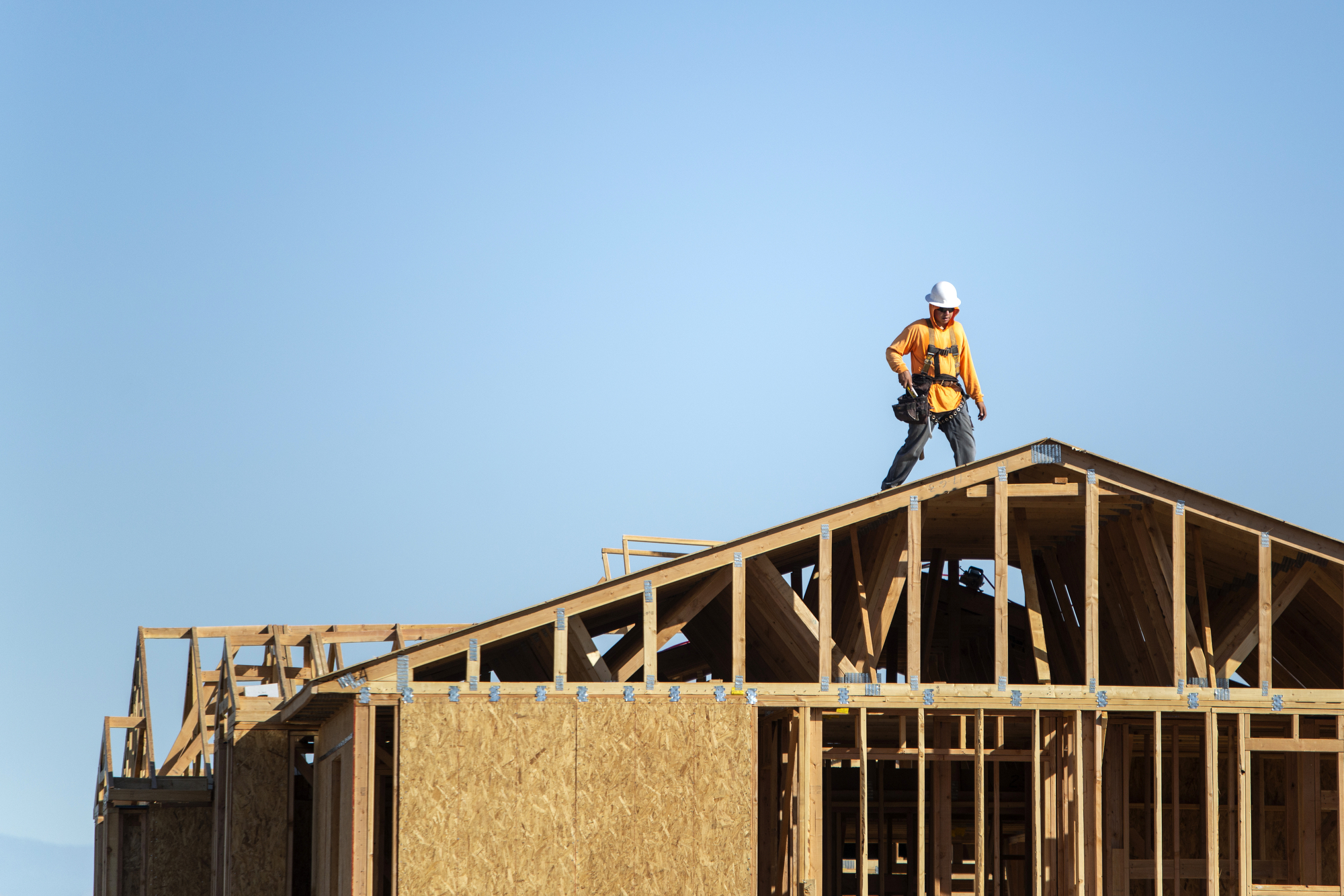Nevada approves rule protecting workers from extreme heat after years of setbacks

After several years of failed attempts and opposition from businesses that found previous proposals too onerous, many Nevada workers will now have increased protections against heat-related illness.
The state’s Division of Industrial Relations, the agency responsible for workplace safety and worker protections in Nevada, has adopted a regulation requiring all businesses with more than 10 employees to perform a one-time job hazard analysis to assess work conditions that could lead to heat illness. Heat-related illnesses can be as mild as cramps to as severe as heat stroke.
The regulation extends to businesses where most employees are exposed to heat for more than 30 minutes out of each hour (excluding breaks).
Passage of the regulation — a compromise from previous proposals that required interventions when temperatures hit a specific threshold — comes after multiple unsuccessful efforts to address the issue and a month after the Office of State Epidemiology released a first-of-its-kind report detailing the number of Nevadans who’ve sought treatment for heat-related illness in the state during the past few years. There were 28 percent more visits to emergency rooms during the summer of 2024 than there were during the summer of 2023.
There has also been an uptick in the number of heat-related complaints submitted to Nevada Occupational Safety and Health Administration (OSHA), the agency that falls under the Division of Industrial Relations that investigates possible violations and hazardous conditions. The number of heat-related complaints has grown exponentially — between 2016 and 2021, there were an average of 133 heat-related complaints each year; in 2021, 344 complaints were filed; this year, 467 complaints were filed through September.
The approval makes Nevada one of only a few states to have a heat rule for workers; there is no federal requirement on the topic.
“Approval of this regulation is a critical step to reduce the health risks of heat exposure for Nevada workers in indoor and outdoor settings,” Division Administrator Victoria Carreon said in a press release.
A multiyear process
Reno and Las Vegas are among the fastest-warming cities in the nation.
Both cities broke heat-related records this summer. From July through September, Las Vegas recorded 74 days above 100 degrees, and Reno reached 105 degrees four days in a row.
Despite the rising heat and growing number of deaths — in Southern Nevada, 402 people died from heat-related factors this year through Oct. 16 — efforts to forward the conversation around protection for workers from heat have been slow to keep up.
In 2020, Nevada labor regulators began drafting rules to protect employees who work in extreme heat. That rule, the predecessor of the regulation that was finally approved this year, was described as too cumbersome for businesses, Carreon told The Nevada Independent, and it did not pass out of the Legislative Commission, a group of a dozen state lawmakers that approves regulations.
An updated regulation was brought back in 2022; again, it was deemed too cumbersome and the Legislative Commission deferred to act on it. That same year, Nevada OSHA adopted a program that granted the agency authority to conduct site inspections at high-risk industries, investigate heat-related complaints and help businesses take proactive steps to protect workers on days reaching 90 degrees or greater.
In 2023, SB427, a bill that would have codified protections for workers, was brought forward by Sen. Edgar Flores (D-Las Vegas), but it was shelved by a Democratic-majority Assembly.
At the end of the session, staff at the Division of Industrial Relations asked that the regulation that had been shelved in 2022 be sent back to the division for revision. With input from physicians, businesses, unions and others, the regulation was rewritten to shift from a focus on a temperature threshold to instead emphasize a job hazard analysis.
That shift in focus was the key to drafting a regulation that garnered support, Carreon said.
Jackie Spicer, coalition coordinator for the Nevada Environmental Justice Coalition, said the regulation is a good first step but much more needs to be done to protect Nevada’s workers.
“Overall, this is a win,” Spicer said. But, “we still have concerns.”
The coalition’s concerns include that, under the regulation, employers have discretion about whether a heat hazard exists, and its failure to extend protections to many indoor workers.
“This is not the end for our communities and our outdoor workers,” she told The Nevada Independent.
Understanding the regulation
Businesses will have plenty of time to perform their analysis of workplace conditions before next summer, Carreon told The Nevada Independent. If the analysis uncovers conditions that could cause heat illness, the business is required to draft a written plan that:
- Accounts for how the employee will have access to water, can be cooled off and can take a break when exhibiting symptoms of heat illness
- Outlines training for employees, including how to recognize the hazards of heat illness and procedures to follow to minimize heat illness
- Identifies work processes that could generate additional heat or humidity
- Outlines procedures for responding to an emergency, and
- Identifies who will monitor conditions that could expose employees to additional heat.
The business must also train employees how to recognize the hazards of heat illness and how to minimize hazards, as well as identify an employee who will be responsible for contacting emergency services in case someone is experiencing signs of heat illness.
The regulation does not apply to employees who work indoors in climate-controlled environments, including vehicles with functioning air conditioners.
“We are fully ready to support businesses as they have questions,” Carreon said. “We want this to be successful for employers to be able to implement.”
